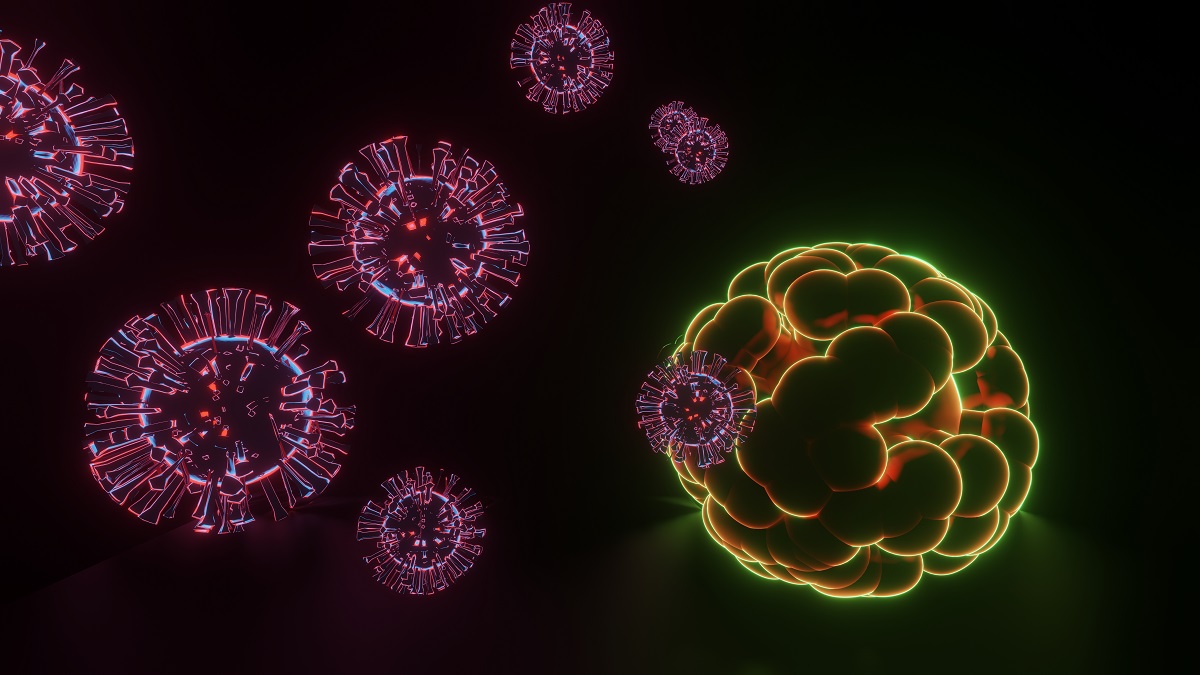KEY TAKEAWAYS
- The phase 2 and 3 trials aimed to investigate the comparative outcomes of IMPT vs. IMRT in reducing TRAE’s for patients with OPC.
- The primary endpoint was to determine PFS.
- Researchers noticed that IMPT is non-inferior to IMRT and effectively reduces malnutrition and gastrostomy-tube dependence.
Intensity-modulated proton therapy (IMPT) has unique biological and physical properties compared with intensity-modulated photon therapy (IMRT). It limits radiation dose beyond the targeted tumor volumes and is a novel de-intensification strategy for the management of head and neck cancer.
Steven J. Frank and the team aimed to compare the outcomes for patients with OPC after chemoradiation therapy (CRT) with IMRT vs IMPT.
They performed an inclusive analysis in this multi-center, randomized, phase III non-inferiority OPC trial. Stage III/IV (AJCC 7th) squamous cell carcinoma patients were stratified by human papillomavirus status, smoking status, and receipt of induction chemotherapy (IC). The primary endpoint was the progression-free survival (PFS) rate at 3 years, with progression defined as disease recurrence or death.
The null hypothesis, H0: r ≥ 1.535, established the margin for non-inferiority of IMPT. Secondary endpoints included overall survival (OS), treatment-related malnutrition, and gastrostomy-tube dependence. Analyses were conducted on intent-to-treat (ITT; n=440), per-protocol (PP; n=296), and as-treated (AT; n=397) populations.
About 440 patients were randomized to undergo IMRT (n=219) or IMPT (n=221) at 21 institutions. The median age was 61 years, and HPV/p16 was positive in 95%. IC was the initial treatment in 13% of patients. All patients were treated with CRT to 70 Gy in 33 fx with bilateral neck treatment, and post-CRT surgical lymph node dissection occurred in 8%.
The median follow-up was 3.14 years. In the ITT analysis, the hazard ratio (HR) for disease progression or death at 3 years was 0.87 (95% CI 0.56, 1.35); P=0.006, and the corresponding HR for death (OS) was 0.63 (95% CI 0.36-1.10), suggesting a protective effect with IMPT.
In PP analysis, the PFS HR was 0.85 (95% CI 0.52, 1.38); P=0.009, and the HR for death (OS) was 0.60 (95% CI 0.32-1.12). In the AT analysis, the PFS HR was 0.88 (95% CI 0.56, 1.37); P=0.007, and the corresponding HR for death (OS) was 0.70 (95% CI 0.40-1.22). For each analysis above, the null hypothesis was rejected and IMPT was non-inferior to IMRT. PP gastrostomy-tube dependence decreased with IMPT vs. IMRT from 42% to 28% (P=0.019), and more IMPT patients sustained their nutrition with end-of-treatment weight loss <5% from baseline: 24% vs 14% (P=0.037).
The study concluded that IMPT is non-inferior to IMRT and has emerged as a standard of care CRT approach for OPC, significantly reducing malnutrition and gastrostomy-tube dependence among patients.
The trial was sponsored by the M.D. Anderson Cancer Center.
Source: https://meetings.asco.org/abstracts-presentations/234877
Clinical Trial: https://clinicaltrials.gov/study/NCT01893307
Frank S.J., Busse P, Rosenthal D.I., et al. (2024). “Phase III randomized trial of intensity-modulated proton therapy (IMPT) versus intensity-modulated photon therapy (IMRT) for the treatment of head and neck oropharyngeal carcinoma (OPC).” Presented at ASCO 2024. J Clin Oncol 42, 2024 (suppl 16; abstr 6006), 10.1200/JCO.2024.42.16_suppl.6006



